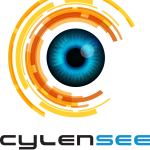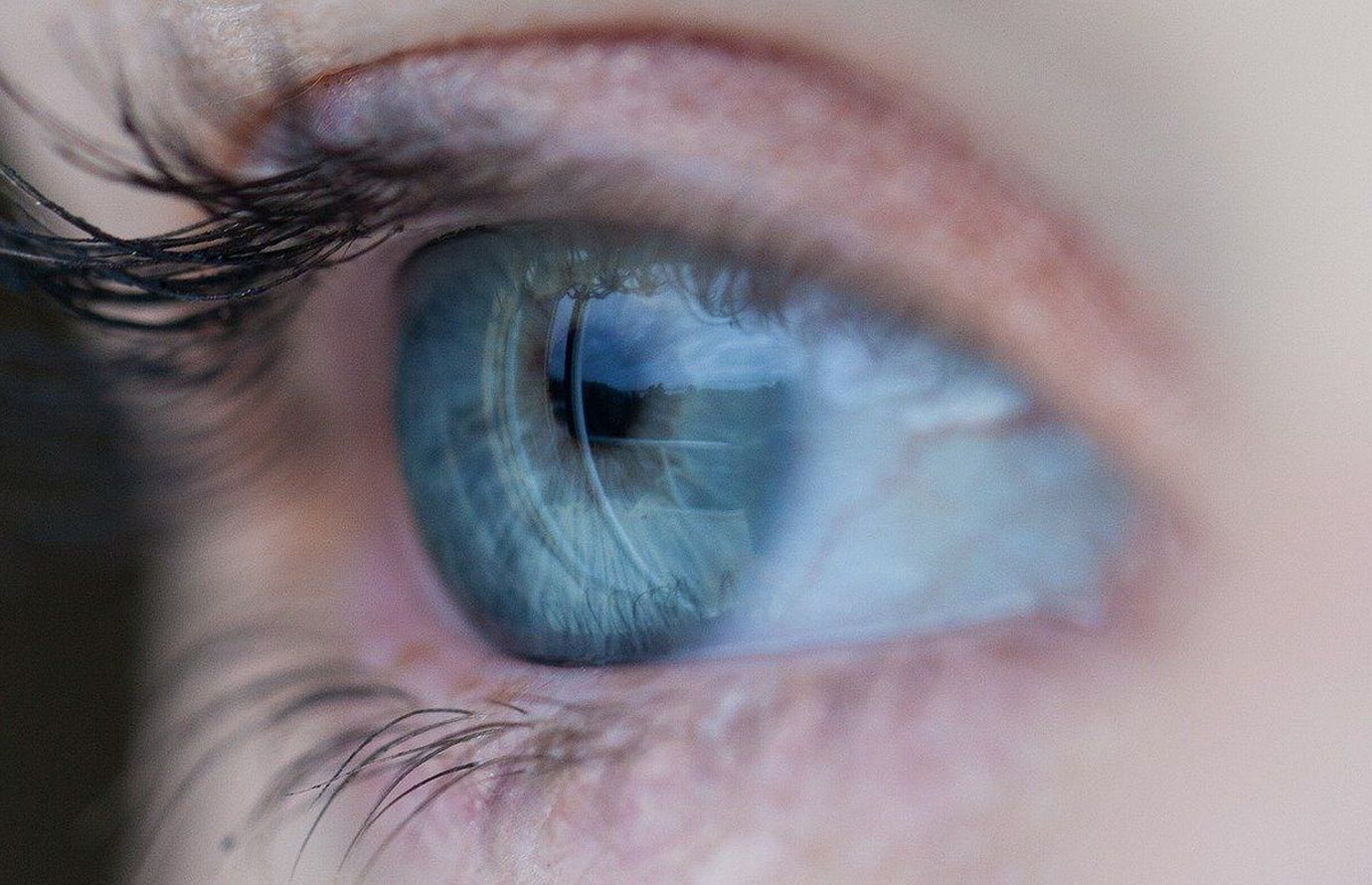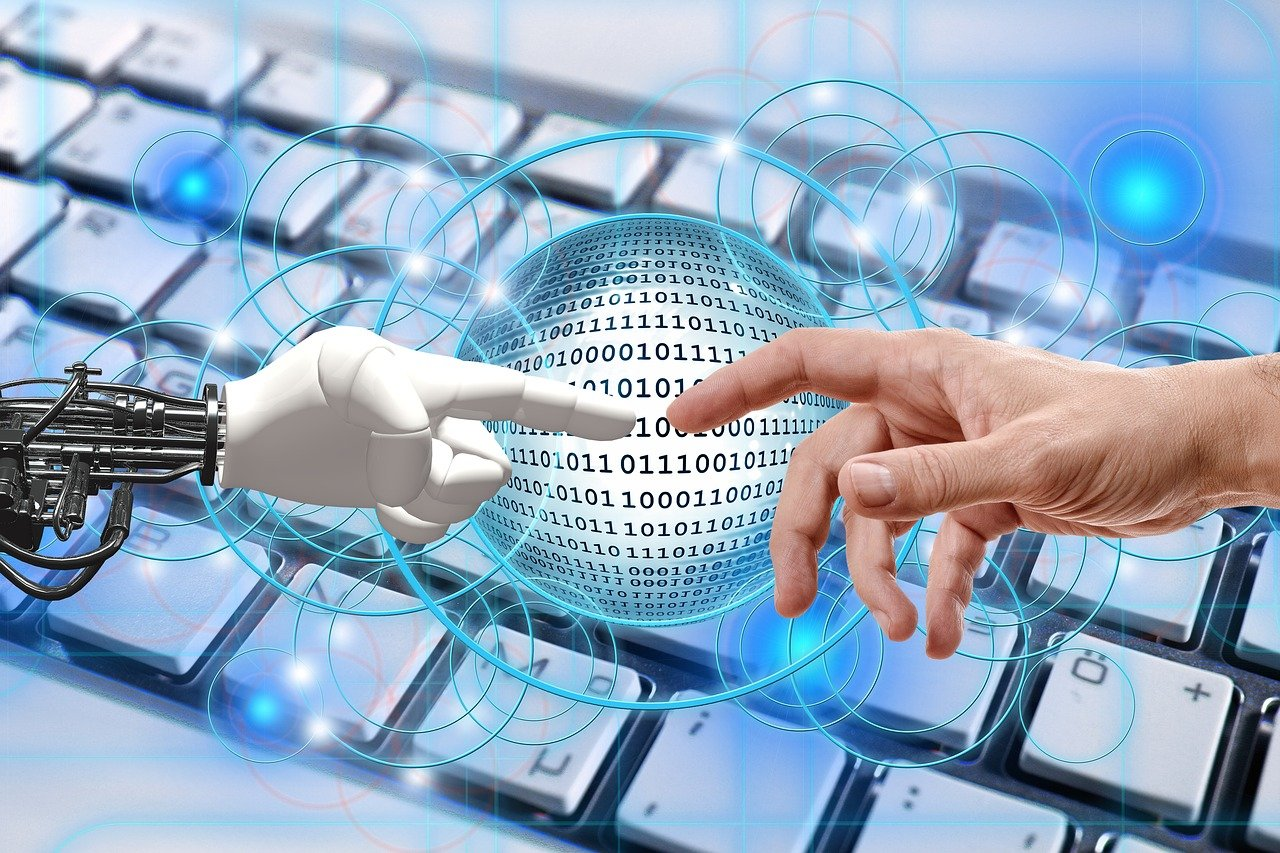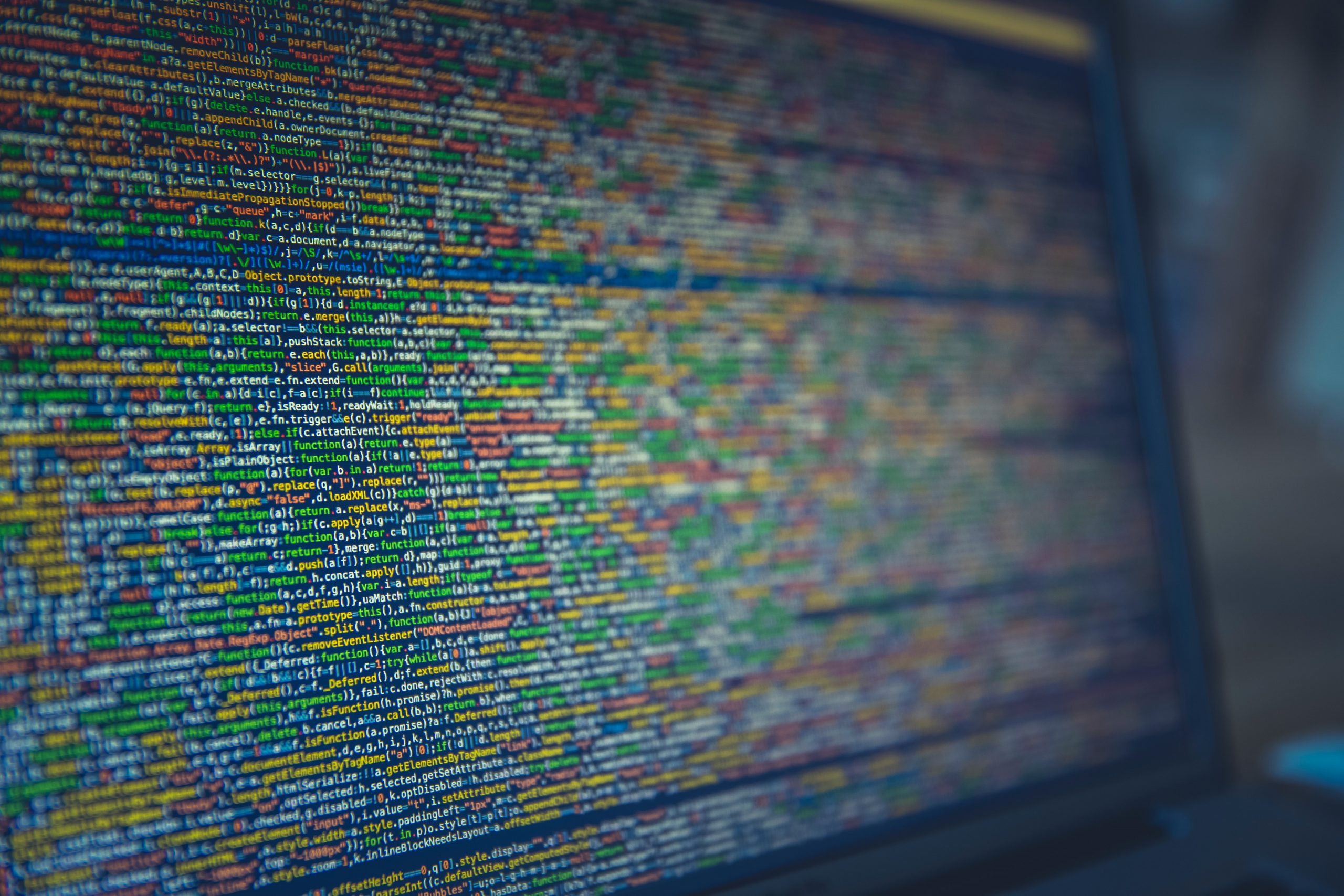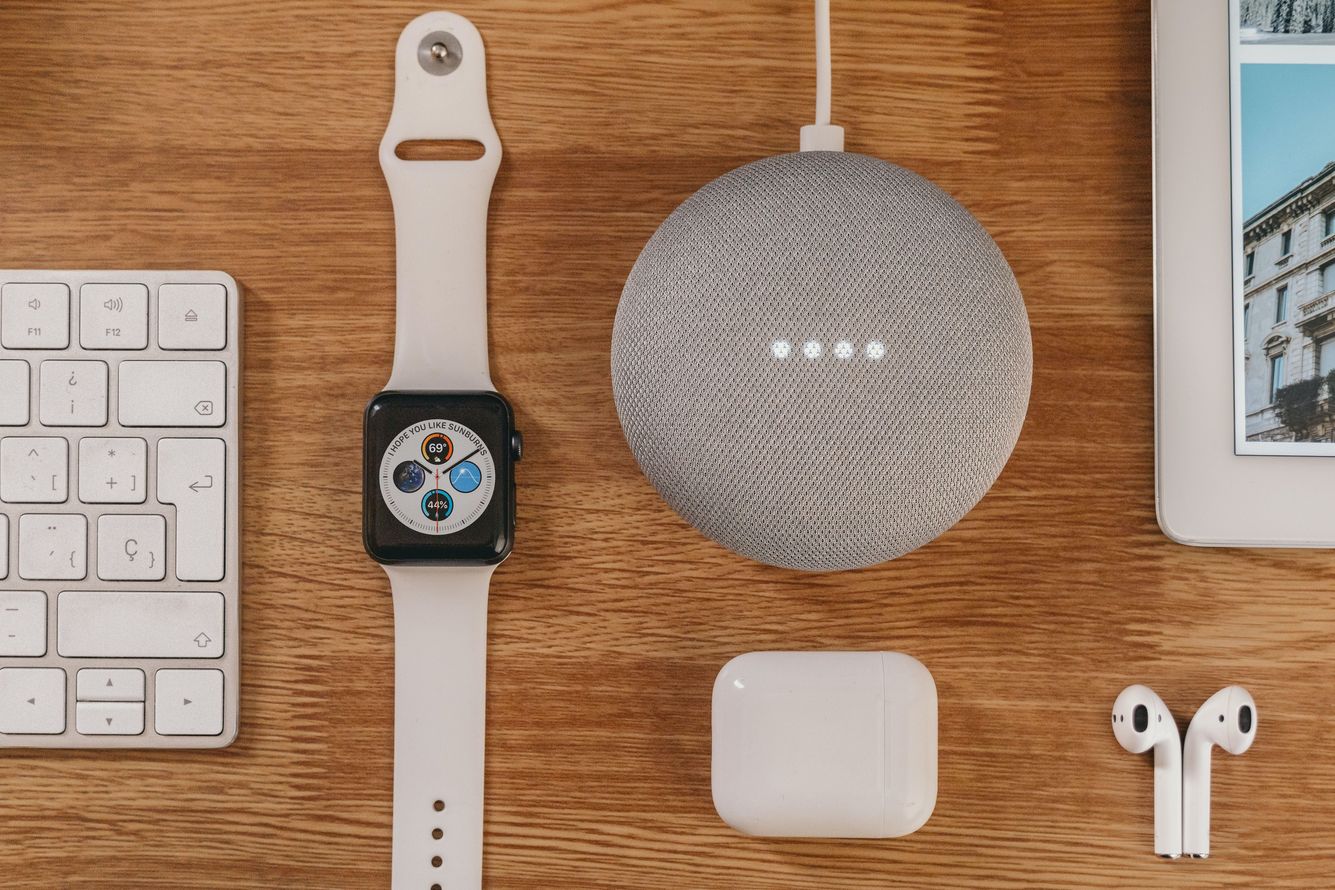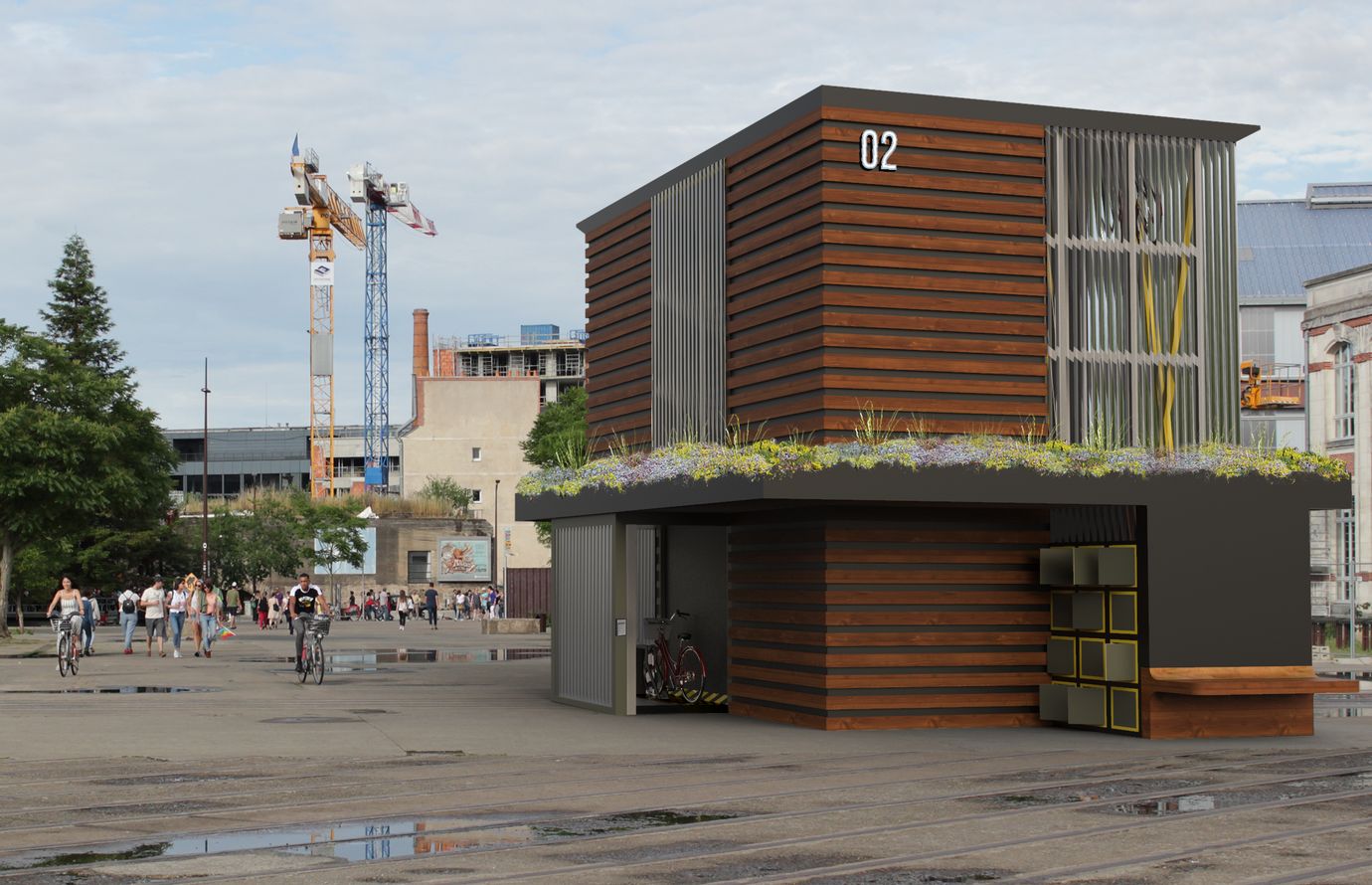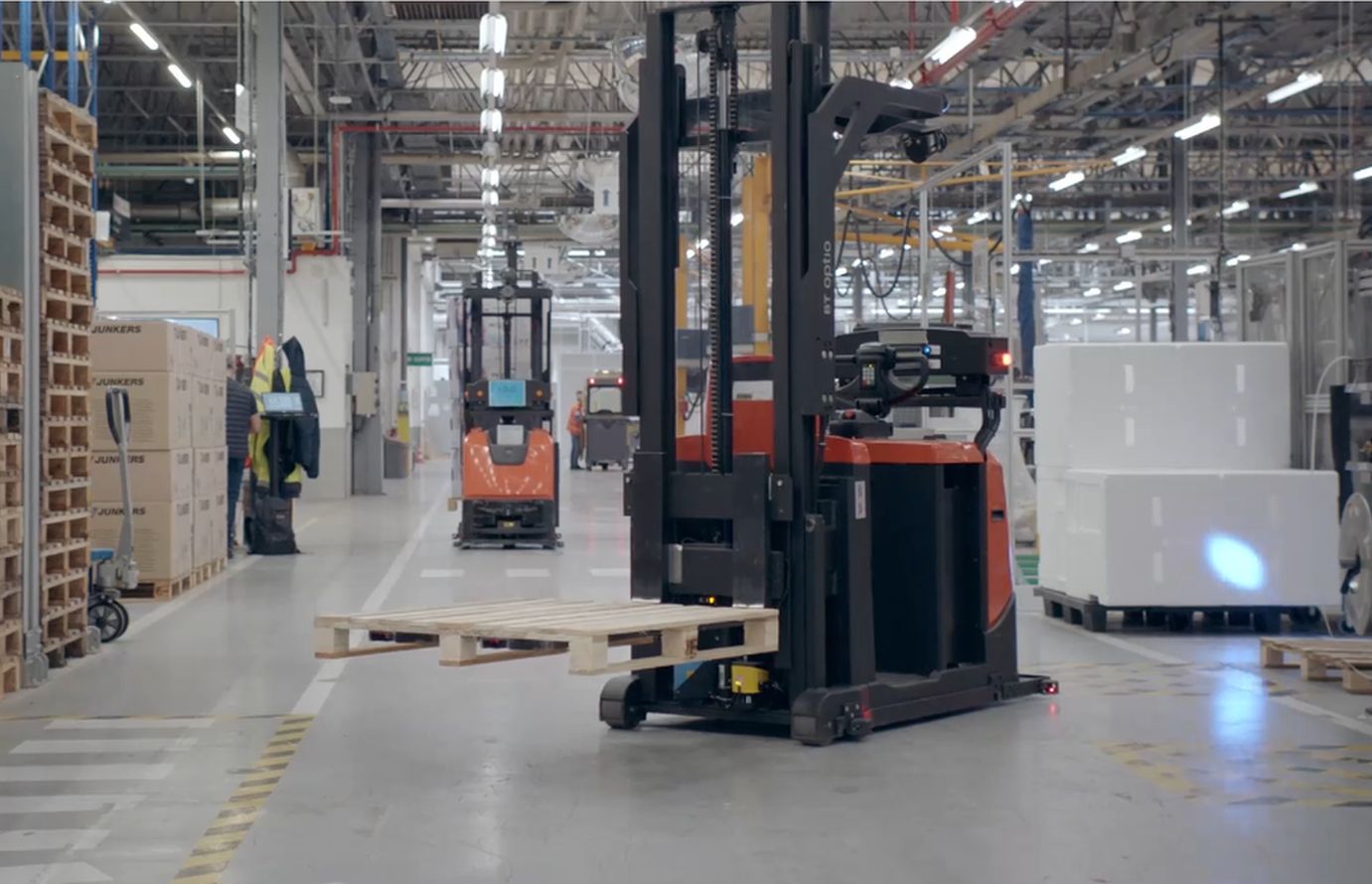The arrival of 5G has put the Internet of Things back in the spotlight, with the promise of an influx of connected objects in both the professional and private spheres. However, before witnessing the projected revolution, several obstacles remain. This is precisely what researchers at IMT Atlantique are working on, and they have already achieved results of global significance.
The Internet of Things (IoT) refers to the interconnection of various physical devices via the Internet for the purpose of sharing data. Sometimes referred to as the “Web 3.0”, this field is set to develop rapidly in the coming years, thanks to the arrival of new networks, such as 5G, and the proliferation of connected objects. Its applications are infinite: monitoring of health data, the connected home, autonomous cars, real-time and predictive maintenance on industrial devices, and more.
Although it is booming, the IoT still faces major challenges. “We need to respond to three main constraints: energy efficiency, interoperability and security,” explains Laurent Toutain, a researcher at IMT Atlantic. But there is one problem: these three aspects can be difficult to combine.
The three pillars of the IoT
First, energy is a key issue for the IoT. For most connected objects, the autonomy of a smartphone is not sufficient. In the future, a household may have several dozen such devices. If they each need to be recharged every two or three days, the user will have to devote several hours to this task. And what about factories that could be equipped with thousands of connected objects? In some cases, these are only of value if they have a long battery life. For example, a sensor could be used to monitor the presence of a fire extinguisher at its location and send an alert if it does not detect one. If you have to recharge its battery regularly, such an installation is no longer useful.
For a connected object, communication features account for the largest share of energy consumption. Thus, the development of IoT has been made possible by the implementation of networks, such as LoRa or Sigfox, allowing data to be sent while consuming little energy.
The second issue is interoperability, i.e. the ability of a product to work with other objects and systems, both current and future. Today, many manufacturers still rely on proprietary universes, which necessarily limits the functionalities offered by the IoT. Take the example of a user who has bought connected light bulbs from two different brands. They will not be able to control them via a single application.
Finally, the notion of security remains paramount within any connected system. This observation is all the more valid in the IoT, especially with applications involving the exchange of sensitive data, such as in the health sector. There are indeed many risks. An ill-intentioned user could intercept data during transmission, or send false information to connected objects, thus inducing wrong instructions, with potentially disastrous consequences.
Read more on I’MTech: The IoT needs dedicated security – now
On the Internet, methods are already in place to limit these threats. The most common is end-to-end data encryption. Its purpose is to make information unreadable while it is being transported, since the content can only be deciphered by the sender and receiver of the message.
Three contradictory requirements?
Unfortunately, each of the three characteristics can influence the others. For example, by multiplying the number of possible interlocutors, interoperability raises more security issues. But it also affects energy consumption. “Today, the Internet is a model of interoperability,” explains Laurent Toutain. For this, it is necessary to send a large amount of information each time, with a high degree of redundancy. It offers remarkable flexibility, but it also takes up a lot of space.” This is only a minor disadvantage for a broadband network, but not for the IoT, which is constrained in its energy consumption.
Similarly, if you want to have a secure system, there are two main possibilities. The first is to close it off from the rest of the ecosystem, in order to reduce risks, which radically limits interoperability.
The second is to implement security measures, such as end-to-end encryption, which results in more data being sent, and therefore increased energy consumption.
Reducing the amount of data sent, without compromising security
For about seven years, Laurent Toutain and his teams have been working to reconcile these different constraints, in the context of the IoT. “The idea is to build on what makes the current Internet so successful and adapt it to the constrained environments, says the researcher. We are therefore taking up the principles of the encryption methods and protocols used today, such as HTTP, but taking into account the specific requirements of the IoT”.
The research team has developed a compression mechanism named SCHC (Static Context Header Compression, pronounced “chic”). It aims to improve the efficiency of encryption solutions and provide interoperability in low-power networks.
For this purpose, SCHC works on the headers of the usual Internet protocols (IP, UDP and CoAP), which contain various details: source address, destination address, location of the data to be read, etc. The particularity of this method is that it takes advantage of the specificity of the IoT: a simple connected object, such as a sensor, has far fewer functions than a smartphone. It is then possible to anticipate the type of data sent. “We can thus free ourselves from the redundancy of classic exchanges on the web, says Laurent Toutain. We then lose flexibility, which could be inconvenient for standard Internet use, but not for a sensor, which is limited in its applications”.
In this way, the team at IMT Atlantique has achieved significant results. It has managed to reduce the size of the headers traditionally sent, weighing 70-80 bytes, to only 2 bytes, and to 10 bytes in their encrypted version. “A quantity that is perfectly acceptable for a connected object and compatible with network architectures that consume very little energy,” concludes the researcher.
A protocol approved by the IETF
But what about that precious interoperability? With this objective, the authors of the study approached the IETF (Internet Engineering Task Force), the international organization for Internet standards. The collaboration has paid off, as SCHC has been approved by the organization and now serves as the global standard for compression. This recognition is essential, but is only a first step towards effective interoperability. How can we now make sure that manufacturers really integrate the protocol into their connected objects? For this, Laurent Toutain has partnered with Alexander Pelov, also a researcher at IMT Atlantic, in order to found the start-up company Acklio. The company works directly with industrialists and offers them solutions to integrate SCHC in their products. It thus intends to accelerate the democratization of the protocol, an effort supported in particular by €2 million in funds raised at the end of 2019.
Read more on I’MTech Acklio: linking connected objects to the Internet
Nevertheless, industrialists remain to be convinced that the use of a standard is also in their interest. To this end, Acklio also aims to position SCHC among the protocols used within 5G. To achieve this, it will have to prove itself with the 3GPP (3rd Generation Partnership Project) which brings together the world’s leading telecommunications standards bodies. “A much more constraining process than that of the IETF,” however, warns Laurent Toutain.
Bastien Contreras
